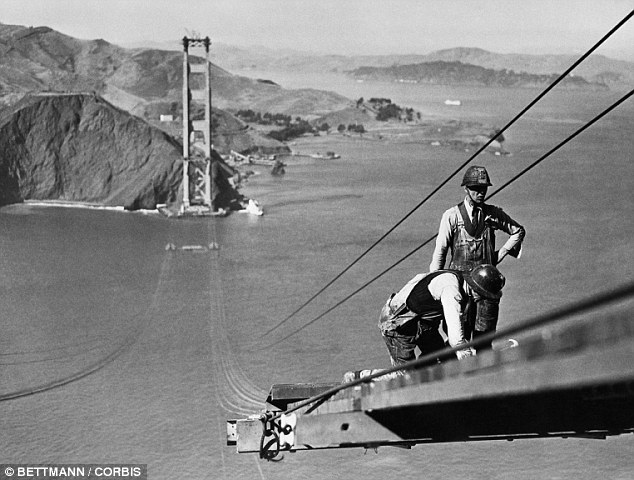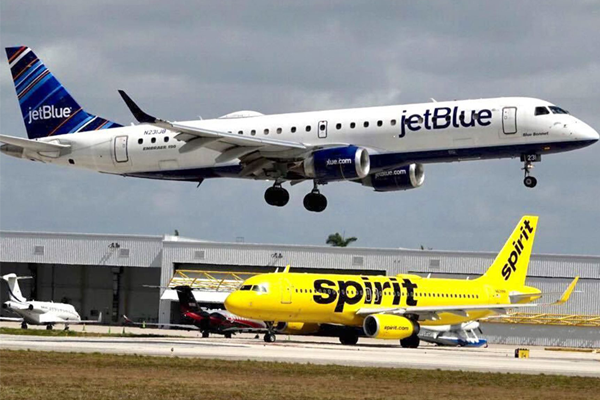
As most of you are probably aware, May is Labor History Month. Our roots, as America’s workers, are explored from the birth of “Mother” Jones in 1830, to that first May Day march of 1886, followed by the tragic Haymarket bombing. Miners, teachers, machinists, and railway workers all celebrate significant anniversaries in the month of May, and if you don’t know the particulars of all their circumstances, I urge you to pick up a reliable book (I recommend There is Power in a Union by Philip Dray) and get the facts on each of them. But today is not a history lesson. Neither is it a maudlin and romanticized look at the past that gives us a vicarious thrill from viewing, at a safe distance, some glorified battle, long- since won or lost.
It is, however, a look at two very different happenings that took place at the exact same time in two different cities in America. Each event shows clearly the role that labor plays in building this nation, and yes, making it great- let’s not allow that phrase or concept to be taken away from us. We look today at Chicago and San Francisco and the two different ways they observed the Memorial Day weekend of 1937. In San Francisco, we saw the opening of the Golden Gate Bridge, a testament to the engineering genius, craftmanship, and dedication of the American worker. In Chicago, we saw the Memorial Day Massacre, a testament to corporate greed, media suppression, and the cold-blooded killing of lawfully assembled workers. Each event offers us a vision of the America to which we can aspire.
It was during the depths of the Great Depression that the Golden Gate was built, and during that time 10 different contractors employed thousands of union workers at good wages to build it. Those fortunate folks were lifted out of dire poverty, their increased spending ability helped spur the local economy, and there was no “race to the bottom.” The economic benefits didn’t stop at the city limits either. Every ounce of the 100,000 tons of steel used in that bridge was fabricated in Bethlehem PA. The same held true for the 80,000 miles of wire cable, and millions of rivets. All those products were proudly labeled “Made in the USA.”
Lives were not risked for the sake of profits either. In fact, it was during construction of the bridge (well before there was an OSHA) that some great strides were made in the pursuit of employee health and safety. It was the first time that safety helmets were issued, and their use was made mandatory. Another first was the safety net that was strung below the bridge and which managed to save the lives of 19 workers, who all became members of the famous “Halfway to Hell” club. Paint specifications were rewritten to prevent workers from suffering from lead poisoning. In short, despite the magnitude of this project, and the financial costs at stake, it was evident that workers’ lives mattered.
Unfortunately, the great celebration that marked the opening of this magnificent structure stands in stark contrast to the dark chapter of labor history that was recorded in Chicago that weekend. That was when a peaceful demonstration by striking workers of the fledgling CIO, who were trying to organize the Republic Steel plant, saw their efforts turned bloody and result in a tragic loss of life. In total, 10 unarmed workers lay dead at the end of the fracas. Ten times that number lay wounded, and scores more were savagely beaten with truncheons as they curled into fetal positions on the ground in a vain attempt to protect themselves from the blows of police. It was confirmed that all who received gunshot wounds were shot either in the back or in the side.
The newsreel footage taken that day clearly shows demonstrators falling to the ground in a hail of bullets while attempting to flee in justifiable fear for their lives. They tried to run from a small army of 250 police who were being armed, fed, and receiving extra compensation from Tom Gerdler, president and CEO of Republic Steel, who in turn, enjoyed the support of local politicians and the then powerful National Association of Manufacturers. All of this extra cost was seen as preferable to the simple signing of a union contract that would insure living wages to the thousands who toiled in the plants daily in order to create small fortunes for owners and operators.
As explicit and graphic as the footage was, Republic Steel managed to have it suppressed until well after the initial hearings over the incident took place. Eventually, a Senate subcommittee led by Senator Bob La Follette Jr. of Wisconsin forced Paramount to release the footage. Though some monetary damages were paid, and the Republic plant was eventually organized, no owner, manager, elected official or police officer was ever indicted, tried or convicted for the murder and savage beatings of the striking workers. Whatever justice would be attained would be as a result of a signed collective bargaining agreement with the United Steel Workers. That would, however, provide the coldest of comforts to the widows and orphans left behind.
So, why look at these two events in juxtaposition to one another? We do so because it makes clear that in every era we stand at the crossroads deciding who we are as Americans, as workers, as human beings, and we ask ourselves — which America do we want? Do we want to be the type of America that isn’t interested in seeing the newsreel and doesn’t care what the CEO does or doesn’t get away with as long as we see the numbers in our 401ks grow? Do we really not care when workers (as long as it’s not us) get exploited, beaten or murdered as long as cheaper steel lets us buy cheaper cars, so that we have a little left over for a new iPhone? That’s the vision of America that the Gerdlers of this world will always have.
Or do we want that other America, which is so much better and just as easy to attain if approached properly? Do we want the America where we invest in infrastructure, create jobs which grow the economy, and do it all while keeping a watchful eye on the health and safety of the people who are out there doing the work that needs to be done? Do we want to live in a country where profits are to be had at any cost, or do we want our nation to be one that realizes that our most valuable natural resources are our human resources?
We, as labor, need to make decisions and take a stand. Sometimes that might make us uncomfortable. Upholding our values often does. We don’t have the luxury of sitting back, complaining and blaming the “other guy.” We are not innocent bystanders. We vote at the ballot box and we vote with our wallets. We make consumer choices, energy choices and political choices. Ultimately, we are responsible, and we will live in the America we choose.
So, as we come closer to this year’s Memorial Day observance, and we show our reverence for and gratitude to all those who sacrificed their lives that we can live in a free America, let’s also make a decision to do whatever we can to help create the kind of America of which we can all be proud.




1 thought on “Labor In America- Who Do We Want To Be?”
As a very proud 51 year member of the International Union of Painters & Allied Trades, I appreciate the education provided in this article. It’s this
education via communication that needs to be read and learned by thousands of ALL workers. Increased union density of workers does in fact lower
poverty. Don’t really know how much education in our schools provide and teach labor history articles such as this one. Fortunately, we have on-line,
unimpeded articles researched and provided to learn. One problem of course is getting people to read them. But keep up the great work as we in
Labor will never give – up. In Solidarity, We Are One…..